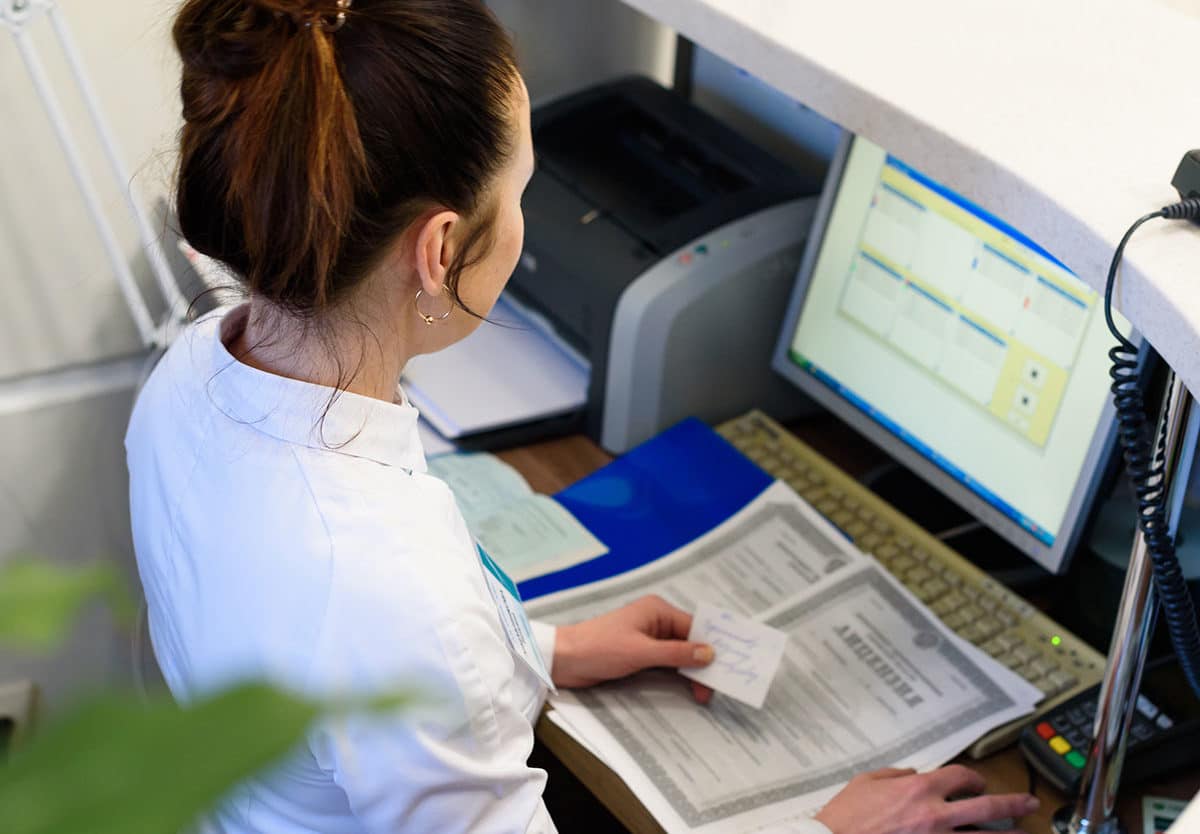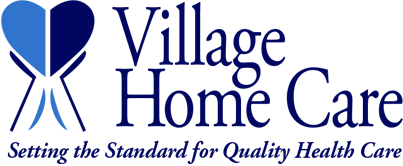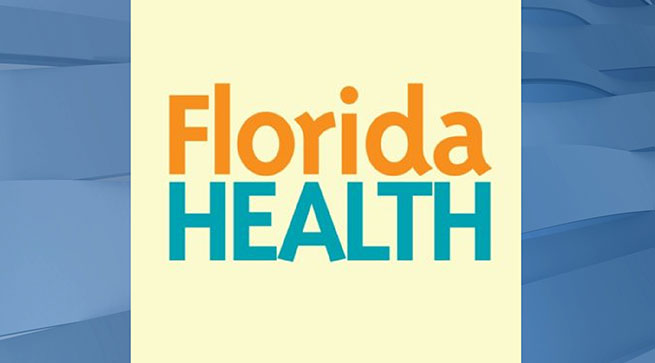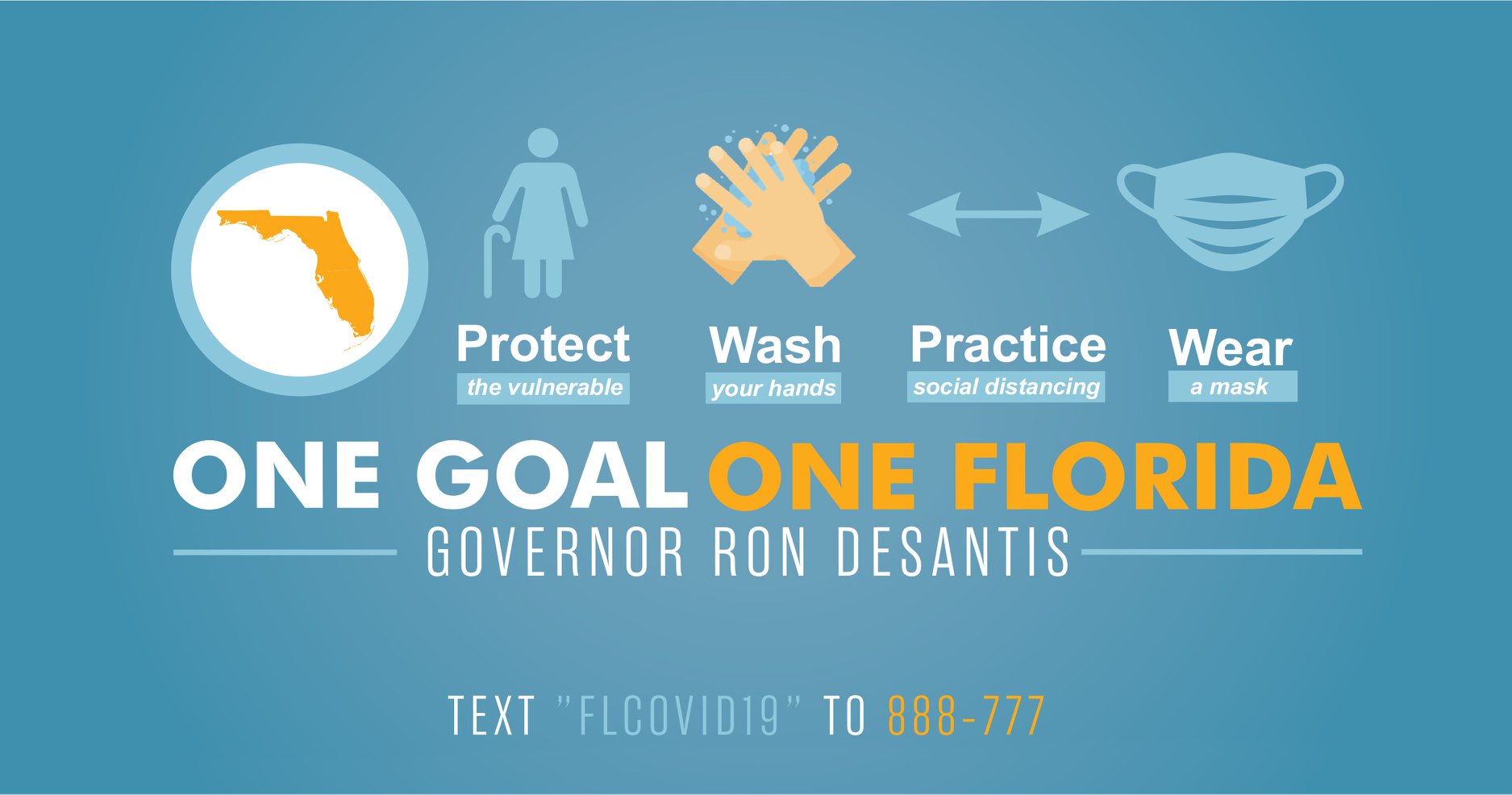In mid-July, Joe Biden announced as part of his presidential campaign a policy proposal to invest $775 billion to expand access to home-based health care delivery for our nation’s aging population. The announcement is raising the profile of what has long been a covered benefit — but underutilized resource — available to Medicare beneficiaries: skilled nursing and rehabilitation services provided within the home, under the care of a physician.
The home health benefit provided by Medicare (and many other payers) encompasses a wide range of services that can be delivered in a patient’s home, including injections, post-operative and chronic wound care, rehabilitation, physical therapy, intravenous or nutrition therapy, etc. These types of services can be a life-line for vulnerable patients, including the Medicare population that is both at increased risk of developing serious complications from Covid-19, and more likely to suffer from chronic comorbidities — a potentially deadly combination.
Fortunately, the Centers for Medicare and Medicaid Services (CMS) continues to evaluate and provide regulatory waivers designed to increase access to home health services. In part as a result, the industry has also seen a dramatic increase in telehealth platform use in response to Covid-19; according to Forrester Research, telehealth visits are projected to top 1 billion in 2020.
Covid-19 has clearly proven itself as a health care innovation catalyst, reinforcing the benefits and growth potential of the home health care industry. And while broader utilization of home health care services continues to face a myriad of challenges — most notably from a cost, coverage and policy perspective — the future is brighter than ever before.
As Covid-19 continues to upend health care delivery as we know it, the preference for home-based care options will continue growing, with consumer sentiment and preferences continuing to shift towards greater acceptance. According to a recent Kaufman Hall survey, 54% of consumers cited fear of contracting Covid-19 as a primary reason to delay care, with 43% citing a fear of going to the hospital as the reason. Looking at Medicare enrollees specifically, 35% attributed any delays in care with wanting to avoid the hospital setting altogether.
“People in nursing homes have been hit especially hard by the coronavirus, shining a bright light on the fact that many would prefer to be in a home or community-based setting,” the Biden campaign said in a statement accompanying the newly announced proposal.
But it’s not just patients who want to stay at home. Increasingly, providers and hospitals are changing their preferences as well; according to a recent William Blair survey, 81% of physicians responsible for discharge planning now prefer to refer their patients to a home health agency versus a skilled nursing facility, a figure that is up from 54% before the pandemic.
Increased home-based referral requests are something that Bud Langham, chief strategy and innovation officer at Encompass Health — one of the largest home health providers in the U.S. — has witnessed in the recent months. “We’ve definitely seen an increase in referrals directly from physicians,” Langham said, adding that the company has also seen an increase in referrals for patients with more acute, complex conditions.
At AccentCare, a leading provider of post-acute health care services, CEO Steve Rodgers likened the company to becoming “the arms and legs of getting physician practices back into the home” amidst Covid-19, noting that the company has also seen more physician groups reaching out directly in recent months.
“Home health agencies have probably not gotten the credit they deserve,” said Todd Montigney, founding partner of BlackTree Healthcare Consulting. “With Covid-19, we’re seeing patients who don’t want to go to hospitals or skilled nursing facilities. They want to be cared for in the home if that’s possible.”
Making it possible can be tricky.
“A huge challenge for home health agencies receiving a new patient referral is just answering the question, ‘How much care does this patient actually need?’,” said Elliott Wood, CEO of Medalogix, a technology company that provides predictive analytics to help home health agencies optimize physician staffing. “The answer may be three visits or forty visits needed over a sixty day episode. That’s a big difference,” he said, highlighting the critical role that data and analytics play in helping to solve that puzzle.
Home health is compelling from a cost perspective
Beyond shifting preferences and increasing opportunity, the cost benefit of home health alone is compelling. CMS estimates that home health care in Medicare saves at least $378 million a year through reduced hospitalizations, based on the nine states participating in the Home Health Value Based Purchasing (HHVBP). Value-based care arrangements link quality, outcomes, safety and other measures directly to reimbursements.
From the hospital perspective, researchers at the Cleveland Clinic determined that the use of home health services following inpatient care “decreased the hazard of follow-up hospital readmission and death,” saving Medicare nearly $6,500 per patient over the course of a year.
And in his recent speech on economic recovery from Covid-19, Biden cited The Johns Hopkins School of Nursing’s CAPABLE Program as an innovative way to reduce costs associated with hospitalizations and improve home- and community-based care. With an upfront $3,000 investment, the CAPABLE program will return more than $20,000 in medical cost savings by helping older adults stay out of nursing homes and remain in their homes longer.
Home health networks are seeing the savings for both providers and CMS. “It’s about $50 a day to have home health care over a 60 day period on average. $50 a day is pretty compelling from a cost standpoint. Every hospitalization that Encompass Health mitigates is at least $10,000 saved,” said Langham. Rodgers from AccentCare agrees, noting that “most patients want to be in the home, which is good for the system because it’s actually a lower cost way of doing business.
With the cost benefit becoming clearer, Montigney is bullish that home health will finally have a proverbial seat at the table. “Spend is so much higher at hospitals that there tends to be more focus there. But with Accountable Care Organizations (ACOs) over the past few years, we’re starting to see attention due to the cost savings of providing care at home.”
Home health care embracing technology and innovation
There is no shortage of technology solutions designed to help improve provider and patient care coordination, with more and more providers and home health organizations taking advantage. “Investment in technology for the home is really accelerating across the spectrum,” said Greg Chittim, who co-leads Health Advances’ Health IT and Digital Health practice. “It’s cardiac, it’s diabetes, it’s respiratory, home dialysis, and even things like wound care and ostomies.”
Langham noted that at Encompass Health, the organization is “constantly assessing and growing our capabilities in the telemedicine space, specifically with tele-nursing and tele-rehab,” focusing on building out the necessary processes, procedures and policies thoughtfully and carefully. When it comes to remote patient monitoring, Langham has a strong bias towards technology that is simple that both patients and staff can easily understand and use.
“What we’re looking for is something that includes a passive biometric data collection device, at a reasonable price and with a long battery life,” said Langham, adding that the company is also using predictive analytics through its work with Metalogix to better understand patients’ needs upon admission.
On Medalogix’s approach to tech implementation in the home care setting, “The intent is never to come in and have technology replace a clinician’s decision or judgment,” said Elliott. “It is to come in and inform and support that decision with data to ensure that every patient gets what he or she needs.”
And there’s plenty of data to mine. “For the last twenty years, CMS has required that these post-acute providers collect a standardized data set for every patient that comes in their door. It creates an incredibly rich set of data,” said Wood, which Medalogix leverages to help predict outcomes, including those patients who are at higher risk of hospital readmissions, those who may require more care touch points, and those who may benefit from hospice.
Rodgers notes that AccentCare also sees an incredible opportunity for technology and virtual care in particular to improve patient care, while reducing Covid-19 exposure for both caregivers and patients. The company has even seen improved clinician satisfaction, Rogers said, adding that this was in part because, “Our clinicians aren’t running all over the place. They actually can see more patients more efficiently and effectively.”
There is a flip side to every coin, however, and for telehealth, it’s the lack of a meaningful reimbursement structure for telehealth services. While CMS continues to move the needle in the right direction with its temporary waivers lifting telehealth restrictions, without permanency or a reimbursement component, the lingering question becomes whether or not telehealth will continue to see the levels of utilization and adoption that we’ve seen since the Covid-19 pandemic began.
Source and read more at: Forbes.com
Seth Joseph Contributor





